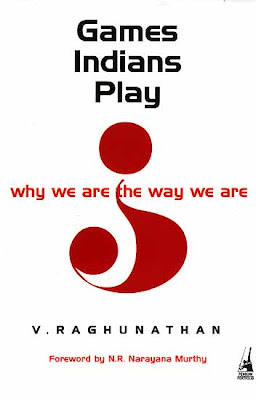Indian Railways : The sleeping 'Giant' ?

Believe me, its true! Indian railway minister Mr.Lalu prasad yadav is going to take classes in prestigious Indian Institute of Management (IIM), Ahmedabad. He is not going to talk about ‘How to make Japan as Bihar in a day’ or ‘Bainsa’. He is going to give lectures about how he has turned around Indian railways (which according to him ‘Sone-ki-panchi’) to a profit making mode. Leaving the fun apart, let us get into statistics:
Indian Railways is the largest commercial employer in the world, with more than 1.6 million employees and it is one of the largest rail networks on the world. As per the 2006 railway budget Indian Railway’s revenue touched 12.3 billion USD which is really a huge number in any scale. After Lalu became railway minister, the cash reserves of railways rose to 13,000 crores compared to 240 crores in 2001-2002.
Indian Railways is one of the ‘sleeping giant’, and its complete potential is yet to be harnessed fully. The success of densely populated countries like Japan, Korea and Singapore is mainly because of their excellent train transport system. Apart from these Asia-pacific countries, busy cities like New-York and London are also having excellent system. Apart from carrying people, the rail track can be used for moving raw materials and managing it effectively. This could bring in huge amount change in India which will drive growth in manufacturing sector.
Even-though it is the biggest corporation in the world as far as number of employees are concerned, ranging from train timings to internet booking there are enormous amount of problems existing in the railways system. This is mainly because it is owned by the government. By allowing private players into Indian railways its efficiency can be improved drastically. This will also solve India’s infrastructure problem to a larger extent at-least in the long distance segment. The famous author Gurucharan Das put it in a nice way: ‘Let the government govern the country and not think of fixing toilets in Indian railways’.
The Telecom and Finance segments are the standing examples of success of disinvestment. This success is achieved mainly because of the regulatory bodies like Telecom Regulatory Authority of India (TRAI) and Securities and Exchange Board of India (SEBI). So the ‘mantra’ for success is, ‘Open-up-and-regulate’ Indian Railways. I personally feel English language and Indian Railways are the only two advantages of 400 years of ‘British-Raj’ in India. We are already taking advantage of the English by capitalizing on the ‘Out-sourcing and Off-shoring’ boom and it is high time to unlock the second one.
Indian Railways is the largest commercial employer in the world, with more than 1.6 million employees and it is one of the largest rail networks on the world. As per the 2006 railway budget Indian Railway’s revenue touched 12.3 billion USD which is really a huge number in any scale. After Lalu became railway minister, the cash reserves of railways rose to 13,000 crores compared to 240 crores in 2001-2002.
Indian Railways is one of the ‘sleeping giant’, and its complete potential is yet to be harnessed fully. The success of densely populated countries like Japan, Korea and Singapore is mainly because of their excellent train transport system. Apart from these Asia-pacific countries, busy cities like New-York and London are also having excellent system. Apart from carrying people, the rail track can be used for moving raw materials and managing it effectively. This could bring in huge amount change in India which will drive growth in manufacturing sector.
Even-though it is the biggest corporation in the world as far as number of employees are concerned, ranging from train timings to internet booking there are enormous amount of problems existing in the railways system. This is mainly because it is owned by the government. By allowing private players into Indian railways its efficiency can be improved drastically. This will also solve India’s infrastructure problem to a larger extent at-least in the long distance segment. The famous author Gurucharan Das put it in a nice way: ‘Let the government govern the country and not think of fixing toilets in Indian railways’.
The Telecom and Finance segments are the standing examples of success of disinvestment. This success is achieved mainly because of the regulatory bodies like Telecom Regulatory Authority of India (TRAI) and Securities and Exchange Board of India (SEBI). So the ‘mantra’ for success is, ‘Open-up-and-regulate’ Indian Railways. I personally feel English language and Indian Railways are the only two advantages of 400 years of ‘British-Raj’ in India. We are already taking advantage of the English by capitalizing on the ‘Out-sourcing and Off-shoring’ boom and it is high time to unlock the second one.

Comments
stop cribbing man and chill. do u think all other predecessors of laloo had morons working for them. no man, the officers were always there for every minister, but here mr laloo made the difference. his foolhardiness and street smartness made him do wonders. i really admire the person.
lets not get together against a man who has brought laurels to railways.
cheers Mr. laloo